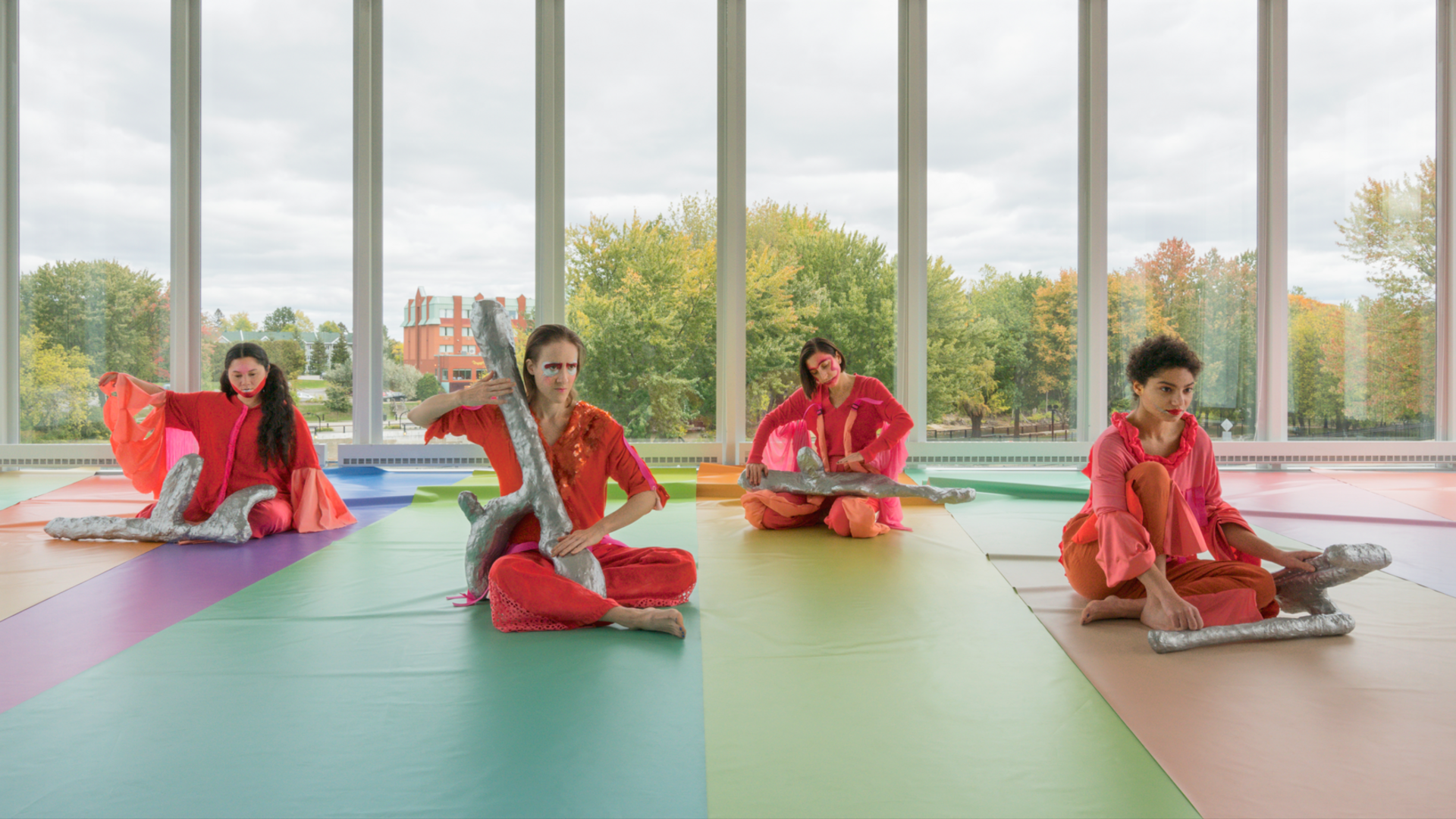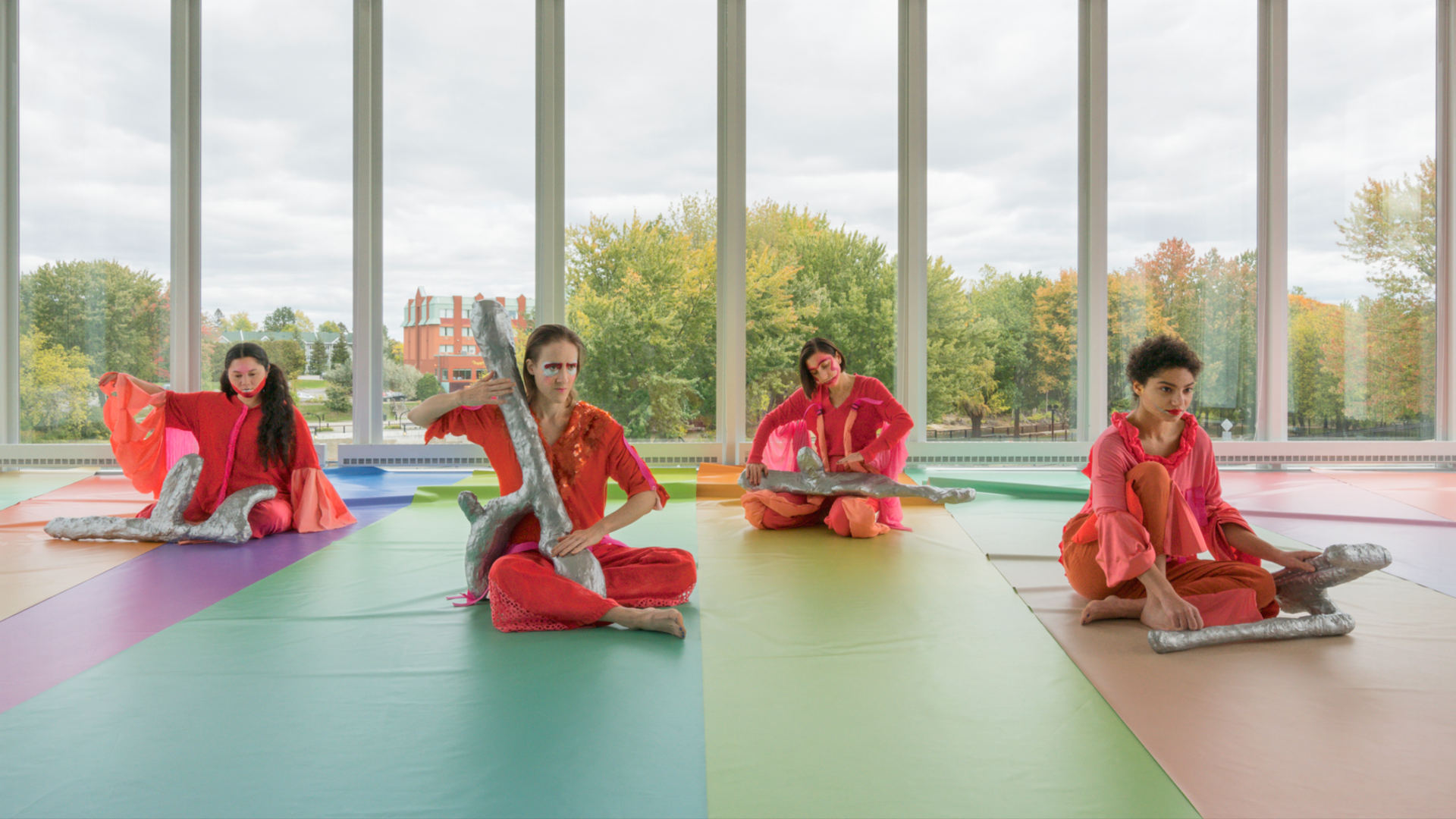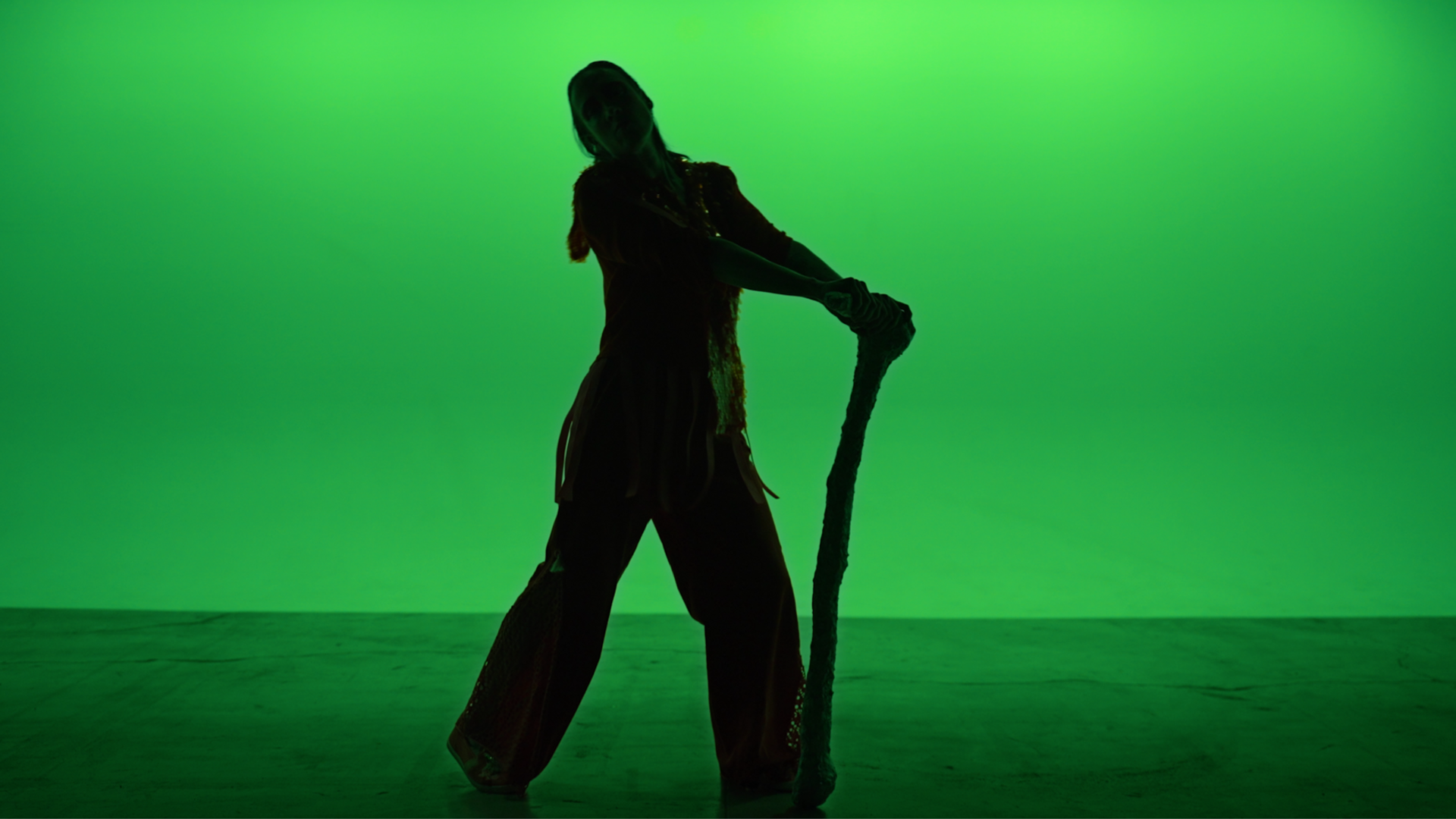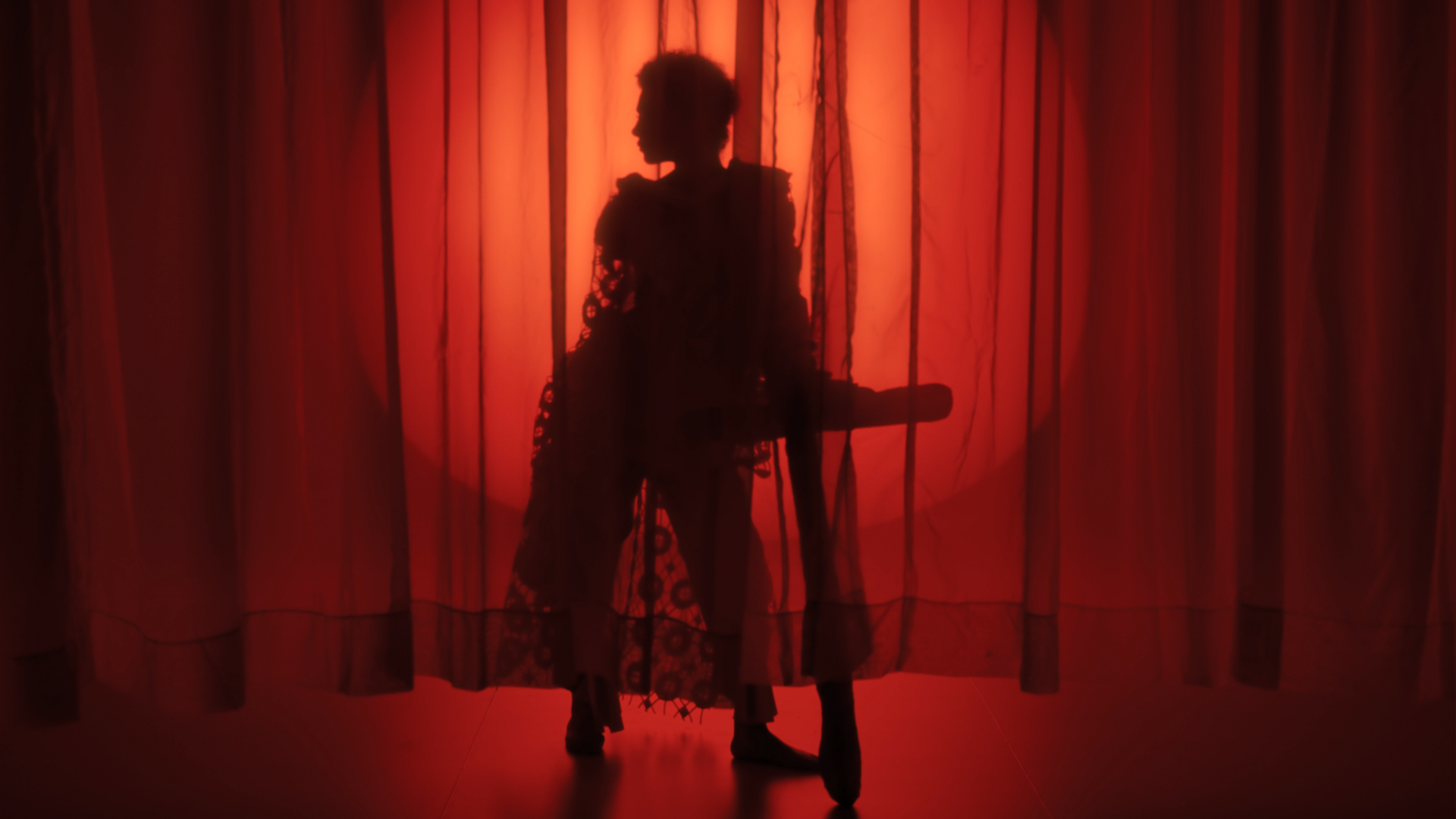The Garden of a Former House Turned Museum

With The Garden of a Former House Turned Museum, Lum and Desranleau stage a sung and danced correspondence between an anonymous contemporary interlocutor and the Brazilian writer Clarice Lispector (1920-1977), an important figure in 20th century literature. Punctuated by the epistolary call of “Dear Clarice”, the prose guides us through the city of Rio de Janeiro, Brazil, here covered with lush nature as if human activities had been suspended there. Personified by different performers, the protagonist addresses Lispector in the afterlife, even if the whispers of the orchids that filter from the urban jungle turn out to be her only answers.
Credits
Technical information
Documentation
corps, objets, alienation, carapace, comédie musicale, body, objects, shell, musical
























